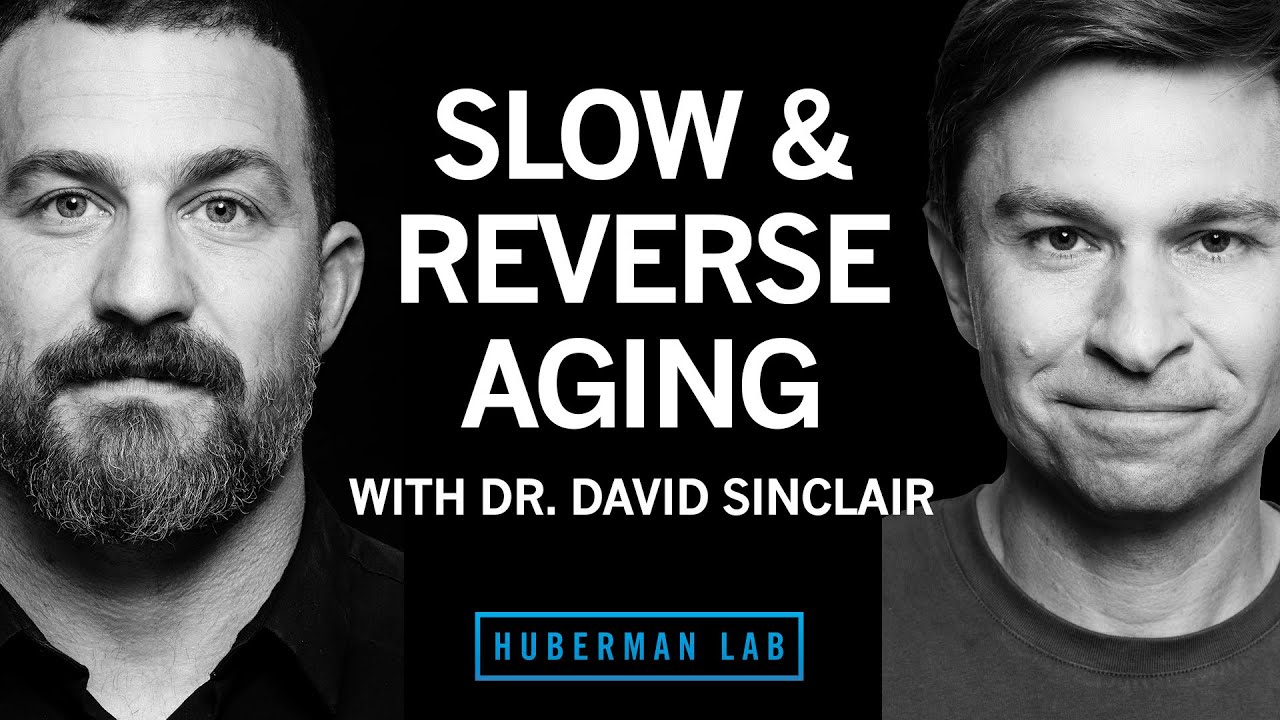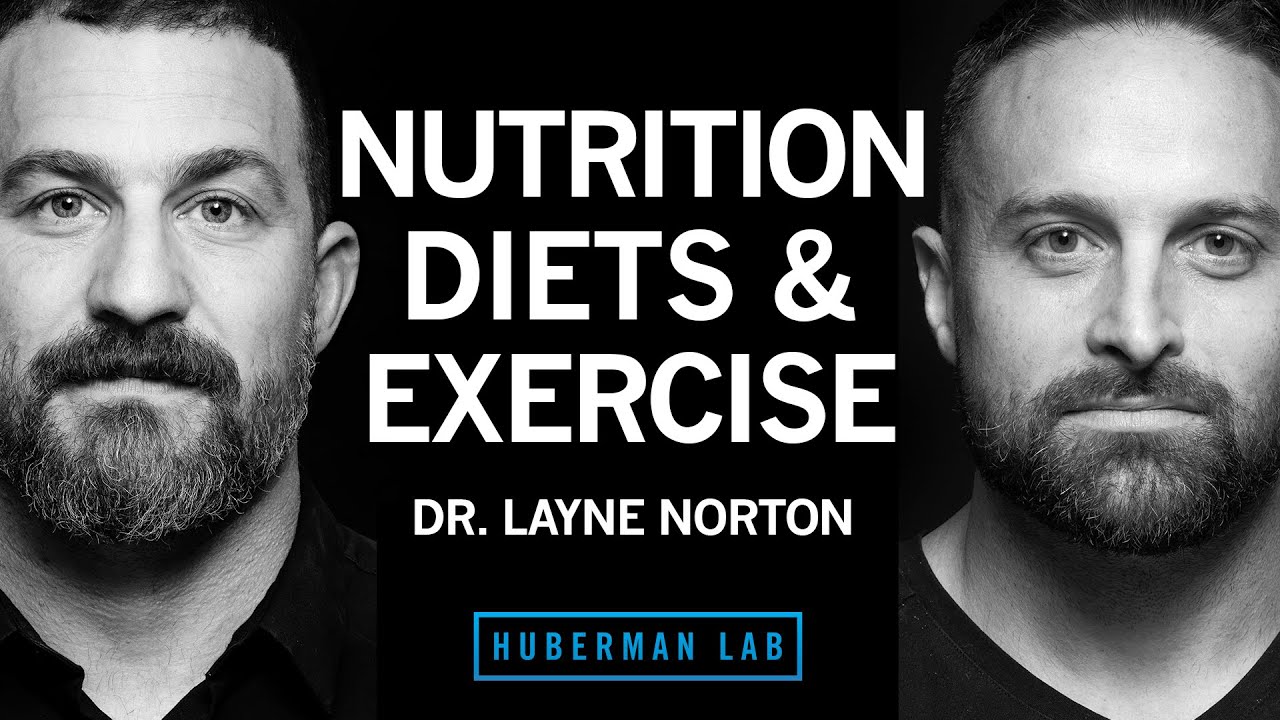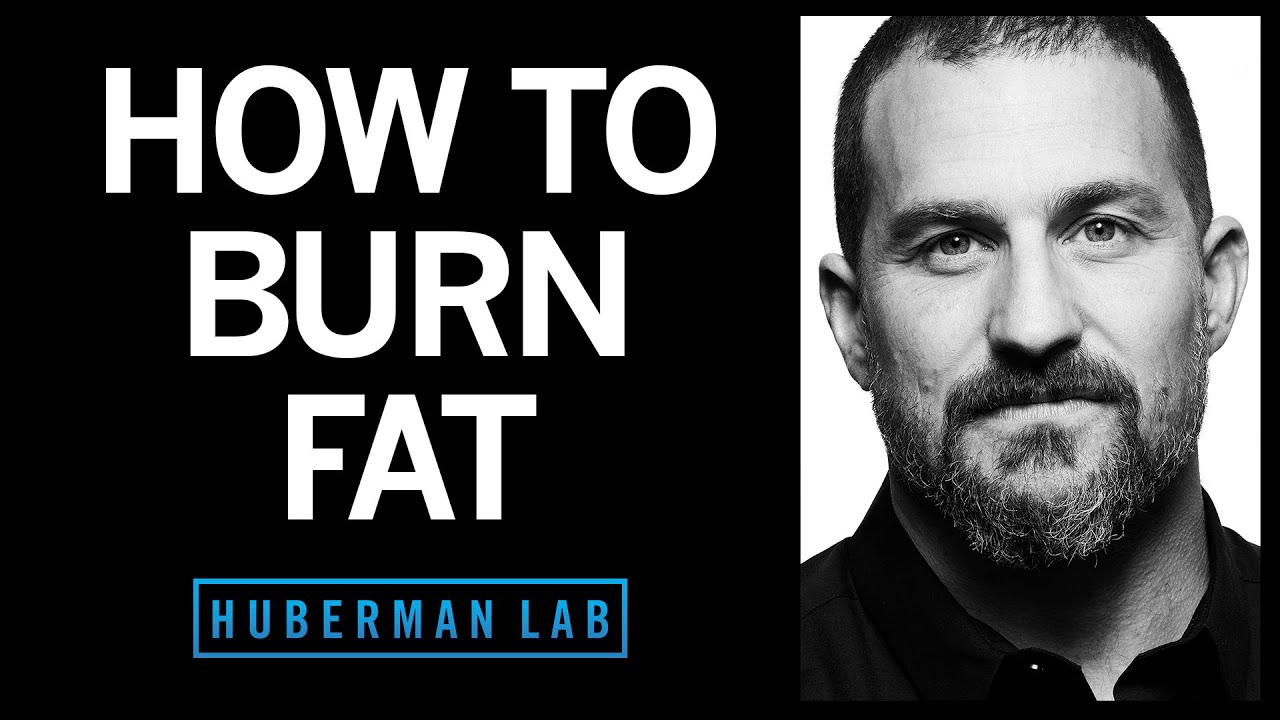- Definition of time-restricted feeding and how it impacts fat loss and health.
- What breaks a fast and how you can make sure you stay in it.
- The “fasted” state and how it’s contextual in regards to blood glucose.
- The specific health benefits to your liver and gut.
- Mechanisms and tools to find the optimal fasting duration and timing.
- Artificial sweeteners and whether they break a fast or not.
Effects Of Fasting And Time Restricted Eating on Fat Loss and Health
Effects Of Fasting And Time Restricted Eating on Fat Loss and Health
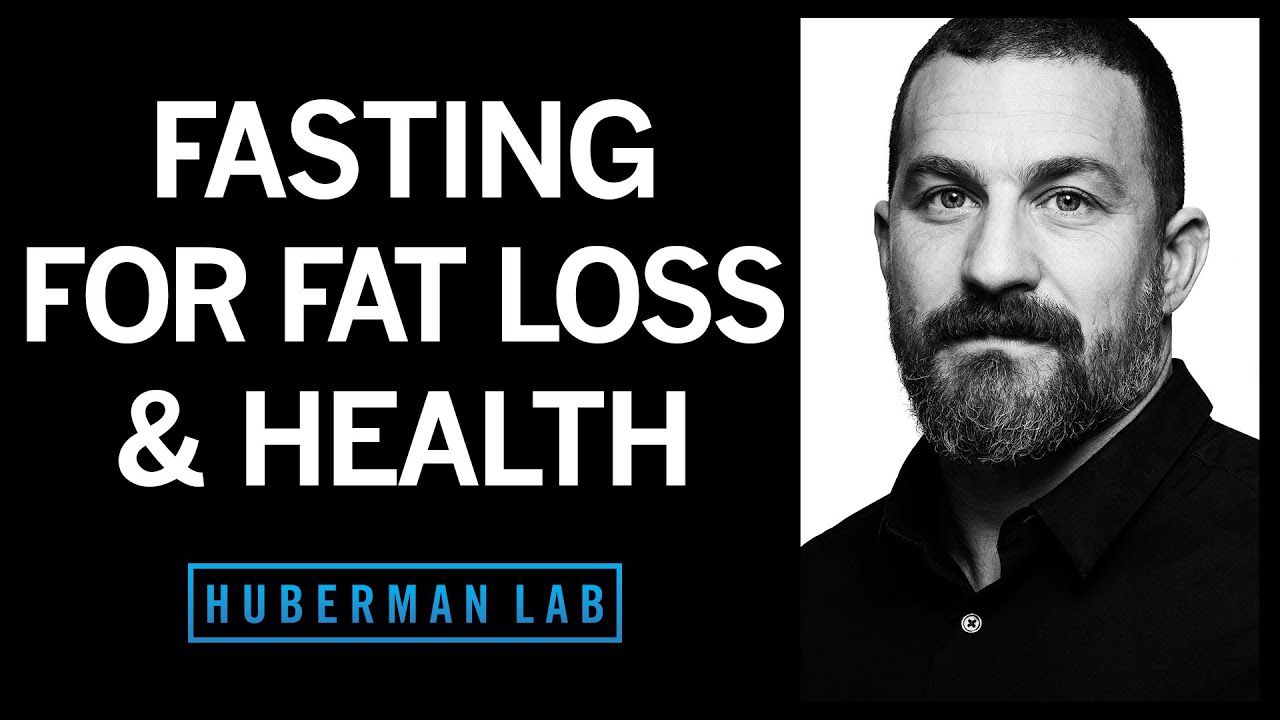
- Make sure to wait at least one hour after waking up to eat to get metabolic, health, and weight management benefits. Also, stop eating 2-3 hours before bedtime.
- If you eat very close to bedtime, you can add a glucose-disposing agent such as ingesting lemon/lime juice, cinnamon, or berberine, or try doing a light walk, to help reduce blood glucose levels and promote a better start to the fasted state.
- An eating window of 8 hours seems to be the sweet spot to get the most out of fasting from a hormonal, gut health, and cognitive standpoint.
- Set a 2-hour wiggle room for your eating window. For example, if you want an eating window of 6 hours, set it for 8 hours.
- Try to be as consistent as possible with the fasting hours. Don’t slide them over, especially over the weekend, since this can offset the benefits of time-restrictive feeding.
- If you are during a hypertrophy stage (muscle building), eating protein first thing in the morning can help increase muscle growth processes.
What Is Time Restricted Feeding?
Intermittent fasting or time-restricted feeding is when you have set fasting and eating windows. While some people think this is a new strategy, everyone does some type of fasting since you fast during sleep.
Health Benefits Of Time Restricted Feeding
Decreased Mortality
According to a study from the Journal Cell Metabolism called Fasting Blood Glucose as a Predictor of Mortality Lost in Translation, higher glucose levels in humans seem to be associated with higher mortality rates. One of the possible benefits of fasting is that it can help reduce blood glucose levels, decreasing mortality.
Enhances Weight Loss From Body Fat
It seems that time-restricted feeding can have a positive effect on fat burning when on a caloric restriction by increasing hepatic lipase. In other words, it increases the enzyme metabolizing fat for energy production.
Improved Liver Health
Since digestion is an active process, it requires energy to digest, absorb, and use the nutrients you eat. This process involves certain functions that, if ongoing throughout a 24-hour cycle, can increase the expression of certain pro-inflammatory markers. So, time-restricted feeding seems to give the liver a break, improving its function and health.
Additionally, it might increase brown fat, increasing the body’s thermogenesis (fat-burning properties) and decreasing the risk of non-alcoholic fatty liver disease.
Better Gut Health
There are several benefits of time-restricted feeding on gut health. It seems to impact mucosal lining positively, it helps reduce Lacto Bacillus (in high levels can be correlated to different metabolic disorders), and it might increase the formation of good bacteria in the gut to promote overall gut health.
When Is The Ideal Feeding Window?
It seems that a 6-8 hour feeding window has a positive effect on health. Benefits can include improved insulin sensitivity, decreased blood pressure, reduced oxidative stress, and reduction in hunger levels during the evening.
While an eating window of 4-6 hours might benefit some people, others might see a weight increase, hormonal changes, and difficulty with adherence.
The best scenario would be to start eating around 10 am to 12 pm and stop eating at 6 pm to 8 pm. This will get the most out of time-restricted eating but still be able to follow social norms. Such activities might include time with family, eating lunch with others, and eating at a reasonable hour.
Now, remember that everyone is different. Make sure to adjust the feeding window based on your current needs and lifestyle. The best outcome people have regarding fasting is when they can stick to the schedule instead of switching it around every day.
How To Shift Your Eating Window
To shift your eating window, you need time for the transition. Allow yourself a transition time from one week to ten days, where you shift your eating window by one hour each day. Once you establish a feeding window that is comfortable for you (and you can maintain over time), keep it going for at least 30 days.
What Breaks A Fast?
Unfortunately, there is no black-and-white answer to this question. To determine if a food breaks a fast relies on its effect on glucose levels. Glucose levels are the ultimate test of whether you are in a fed or fasted state. To know if you have broken a fast with precision, you would need to use a continuous glucose monitor.
However, there are some things that research shows won’t break a fast:
- Water
- Tea (no sugar or milk)
- Black coffee (no sugar or milk)
- Caffeine in pill form
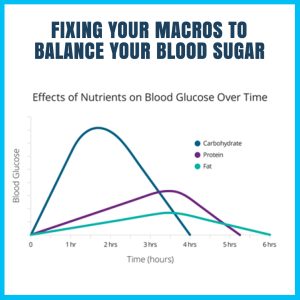
Source: https://stephencabral.com/podcast/2225/
So, what breaks a fast? Carbs, especially simple sugars (even one gram of sugar can disrupt a fasted state), can break a fast.
Since fats don’t have a large effect on blood glucose levels, and protein has a moderate effect, they might potentially not break a fast. But, what breaks a fast depends on every person’s sugar levels. For example, some people might be able to eat a handful of peanuts (fats) without affecting glucose levels (not breaking a fast). But, if your blood glucose levels are constantly high, even one peanut might result in breaking a fast.
This means that breaking a fast is very contextual (depends on what was the last thing you ate, at what time, the quantity, and any activity levels you had).
Protein Consumption And Timing For Muscle Growth
According to research, it does appear that muscle tissue is better able to undergo hypertrophy by enhanced protein synthesis early in the day due to the expression of a gene called BMAL.
This gene helps regulate different protein synthesis pathways within muscle cells. For that reason, it seems that eating protein early in the day supports muscle tissue maintenance and growth.
Now, it doesn’t matter if you are training early in the morning or late at night. The only thing that matters is consuming protein first thing in the morning to favor hypertrophy.
Artificial Sweeteners and Plant-Based Sweeteners
Currently, the data regarding sugar-free sweeteners is still mixed. There is evidence that when people ingest artificial sweeteners, it can create a temporary increase in blood glucose followed by a temporary blood glucose decrease.
It seems that in moderation, plant-based options (stevia) have a minimal impact on blood glucose levels.
While aspartame and sucralose might not increase blood glucose levels, there is some evidence that when consumed in large quantities, it might have a negative effect on the gut microbiome.
So, do artificial sweeteners break a fast? It depends on the amount, the type, and how frequently you add them. Adding one once in a while is okay as long as you don’t overindulge on them.
